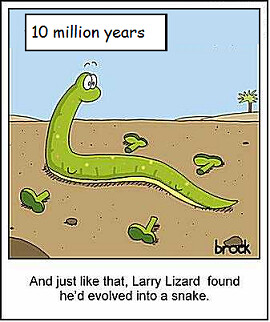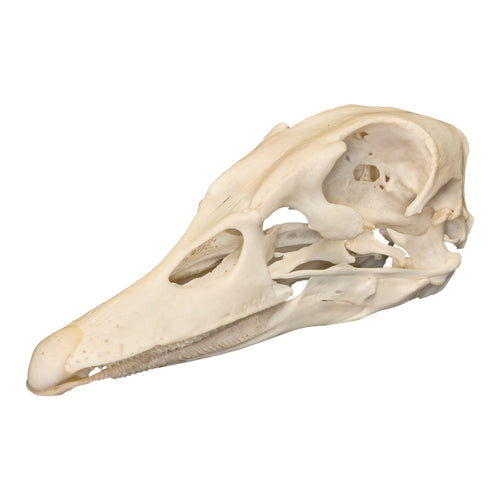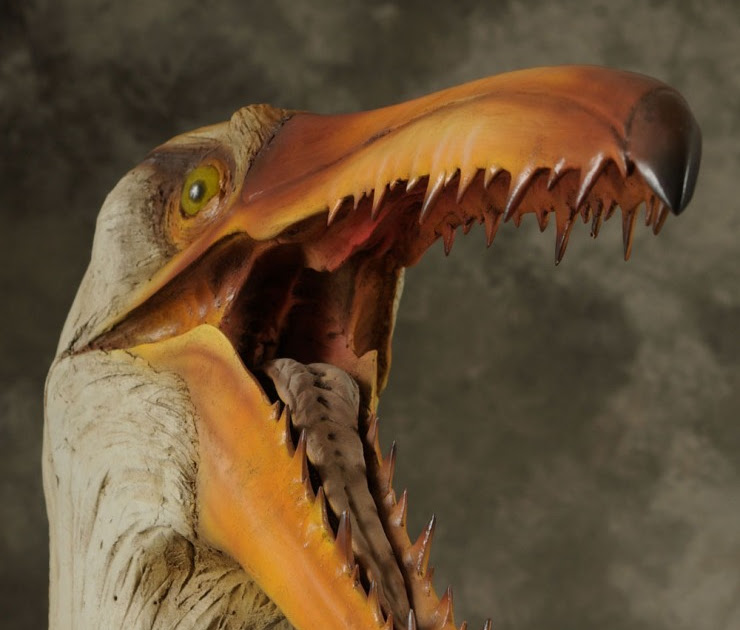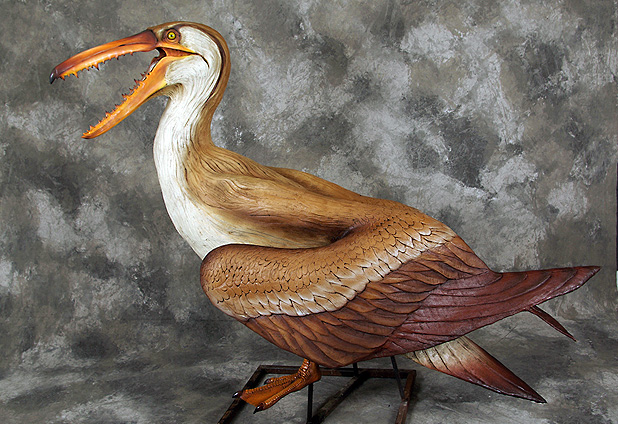The debate between scientist and fundamentalist creationists often revolves around the concept of species, and whether there is evidence of one species evolving to another species, or 'kinds' evolving into 'kinds.' Fifty years ago the evidence was indeed a bit sparse. All the known fossils of the primate ancestors could fit into a cardboard box, now they can fill a museum. We had only a few fossils of feathered dinosaurs, now we have thousands. The finds of new fossil and species(?) of dinosaurs in the past ten years or so has been even more impressive. The following article tells an interesting story. There are of course still gaps and unresolved questions, but the recent finds are extremely impressive.
From: New dinosaurs are being discovered in record numbers, and it’s changing everything we thought we knew
“It’s a nice little paper that shows that in the last 20 years, the number of dinosaur genera named, as well as the number of specimens of those genera, has increased greatly,” Jonathan P. Tennant, co-author of the work, explains. “This has profound impacts on our understanding of dinosaur diversity, especially as these discoveries are unevenly spread over time and space. There are still huge gaps in our knowledge of the fossil record, and areas in space and geological time where the rapid pace of discovery is changing much of what we thought we knew about dinosaurs.”
https://i1.wp.com/fossilsand****.com/wp-content/uploads/2018/02/Fig.-2-Genera-plot-through-time.png
You don’t have to look far to find examples of how an increase in dinosaur discoveries has shifted our knowledge. A few decades ago, the idea that some land-dwelling dinosaur species were covered in feathers was laughable at best. Crafty hunters like the velociraptors in Jurassic Park are depicted as leathery beasts, but we now know that the creatures were largely covered in plumage. Likewise, the mighty Tyrannosaurus rex was long thought to be the ultimate predator, but more recent discoveries have suggested it may have also been a scavenger, feasting on already-dead carcasses rather than hunting for a fresh feast when it was hungry.
There’s no telling what discoveries lie under the next rock, but scientists are painting a prehistoric picture faster and with more detail than ever before, and it’s quite exciting."
This thread will discuss how these discoveries and other discoveries have challenged out previous efforts to define species.
The fossils and genetic evidence collected over recent years has revealed the difficulty of drawing lines between species in human evolution, horses, various dinosaurs, and others which I will address.
In part I propose that evolution over time is more a continuum change and adaptation, and not the evolution of one species into another.
From: New dinosaurs are being discovered in record numbers, and it’s changing everything we thought we knew
“It’s a nice little paper that shows that in the last 20 years, the number of dinosaur genera named, as well as the number of specimens of those genera, has increased greatly,” Jonathan P. Tennant, co-author of the work, explains. “This has profound impacts on our understanding of dinosaur diversity, especially as these discoveries are unevenly spread over time and space. There are still huge gaps in our knowledge of the fossil record, and areas in space and geological time where the rapid pace of discovery is changing much of what we thought we knew about dinosaurs.”
https://i1.wp.com/fossilsand****.com/wp-content/uploads/2018/02/Fig.-2-Genera-plot-through-time.png
You don’t have to look far to find examples of how an increase in dinosaur discoveries has shifted our knowledge. A few decades ago, the idea that some land-dwelling dinosaur species were covered in feathers was laughable at best. Crafty hunters like the velociraptors in Jurassic Park are depicted as leathery beasts, but we now know that the creatures were largely covered in plumage. Likewise, the mighty Tyrannosaurus rex was long thought to be the ultimate predator, but more recent discoveries have suggested it may have also been a scavenger, feasting on already-dead carcasses rather than hunting for a fresh feast when it was hungry.
There’s no telling what discoveries lie under the next rock, but scientists are painting a prehistoric picture faster and with more detail than ever before, and it’s quite exciting."
This thread will discuss how these discoveries and other discoveries have challenged out previous efforts to define species.
The fossils and genetic evidence collected over recent years has revealed the difficulty of drawing lines between species in human evolution, horses, various dinosaurs, and others which I will address.
In part I propose that evolution over time is more a continuum change and adaptation, and not the evolution of one species into another.






